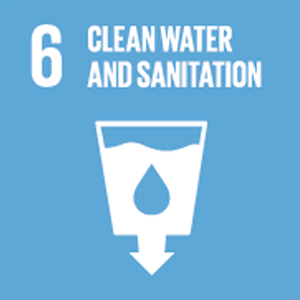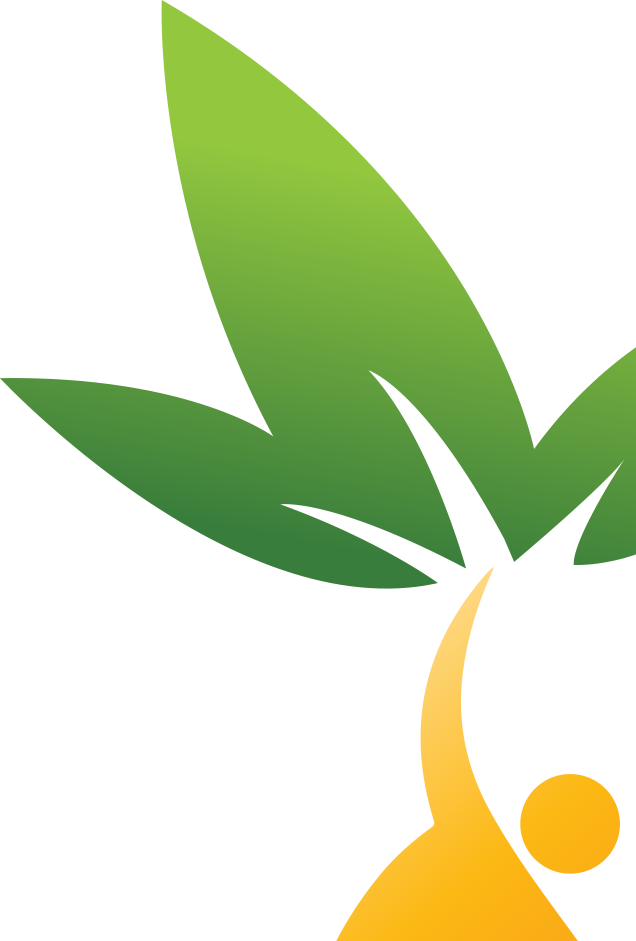Soil and Water Conservation 
Soil and water are the primary natural resources needed for agricultural production. We intend to initiate soil and water conservation projects spanning over a period of three years. In the first year, the focus will be on improving drinking water resources, rejuvenating existing infrastructure and preparing a plan for complete watershed treatment. During the second and third year, complete watershed treatment will be carried out along with agronomic interventions. The project will help in Bund formation along farm contours and prevent soil runoff by promoting adequate ploughing techniques that will enable percolation of rainwater.
Soil testing:
Soil testing is the first step to ensure soil fertility. It offers valuable information that can be appropriately utilised to improve soil health.
Water conservation:
Water conservation entails the efficient use of water, with a prime objective of reducing water wastage. Some of the methods implemented for water conservation are:
Check dams
To store and preserve water which would otherwise be wasted or result in soil erosion.
Rain water Harvesting
A process for preventing water runoff by enhancing the water retention capacity of soil.
Micro-irrigation
Maximum utilisation of available water for irrigation systems through drips, sprinklers and mist sprays.
Mulching
Mulching has become a common water conservation practice for agricultural production, in arid and semi-arid regions. The mulch protects the soil surface from sunlight and reduces evaporation by preserving the water content of the soil. This also alters the temperature of soil and improves farm productivity.


 K&A
K&A